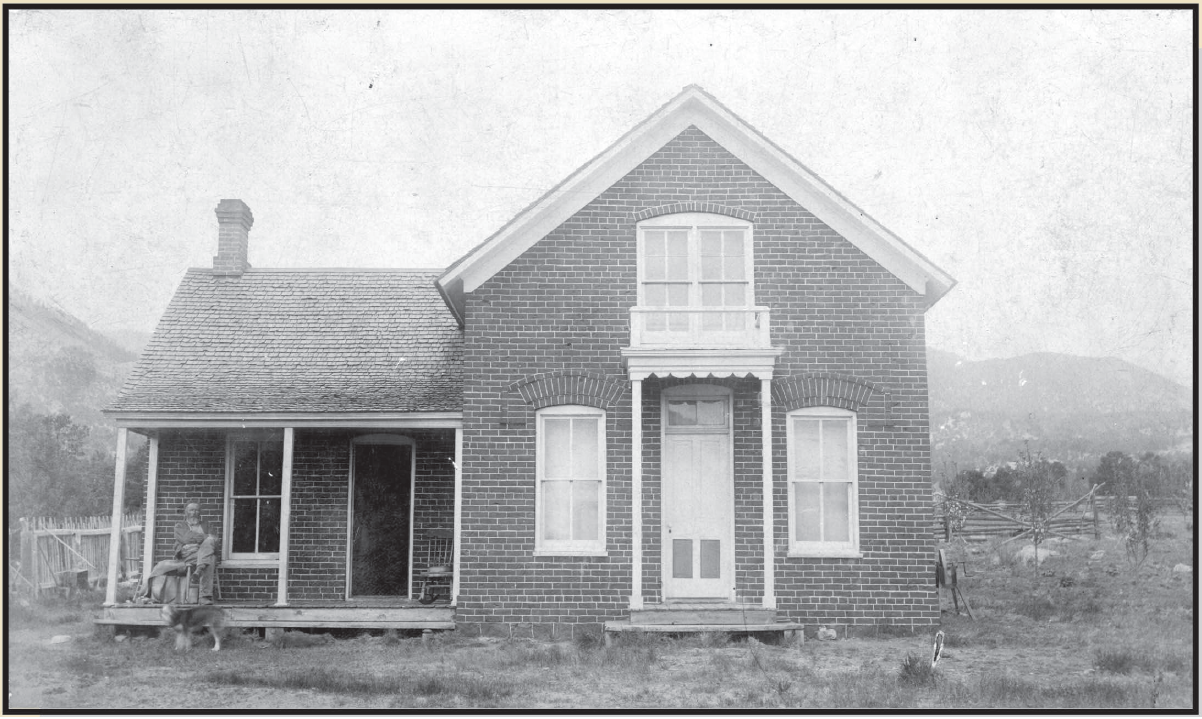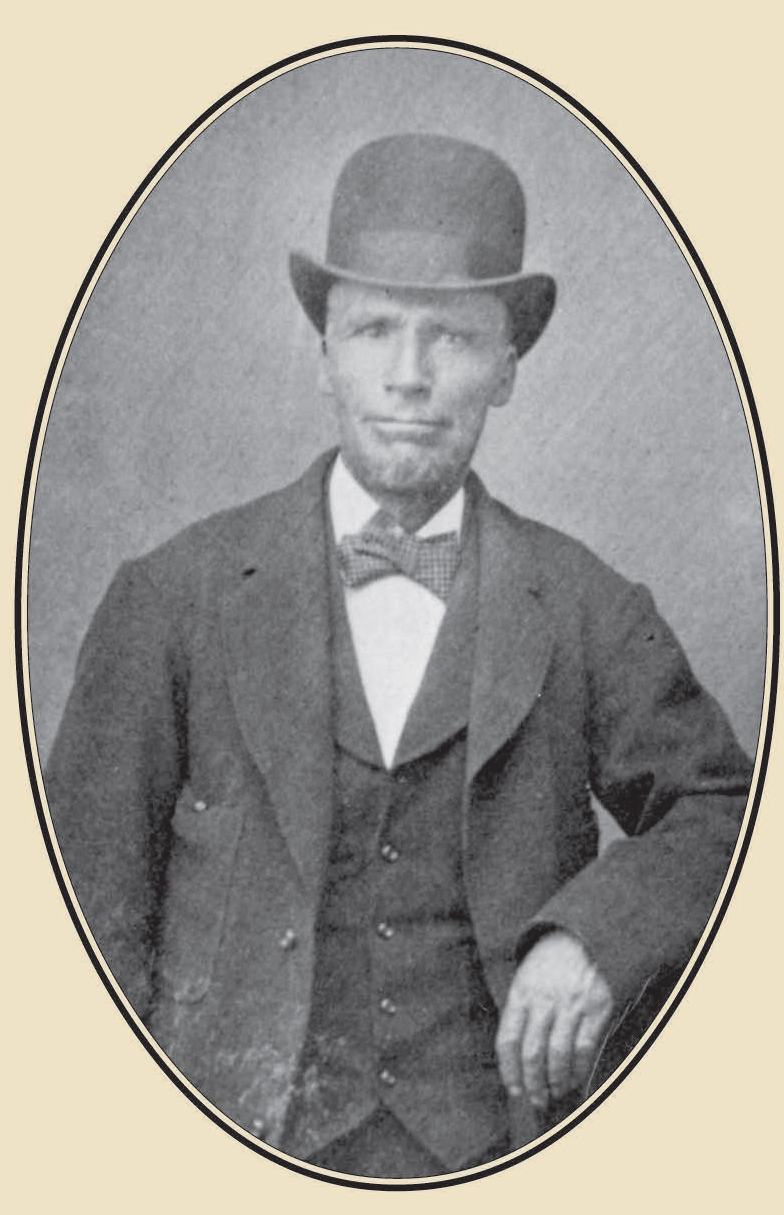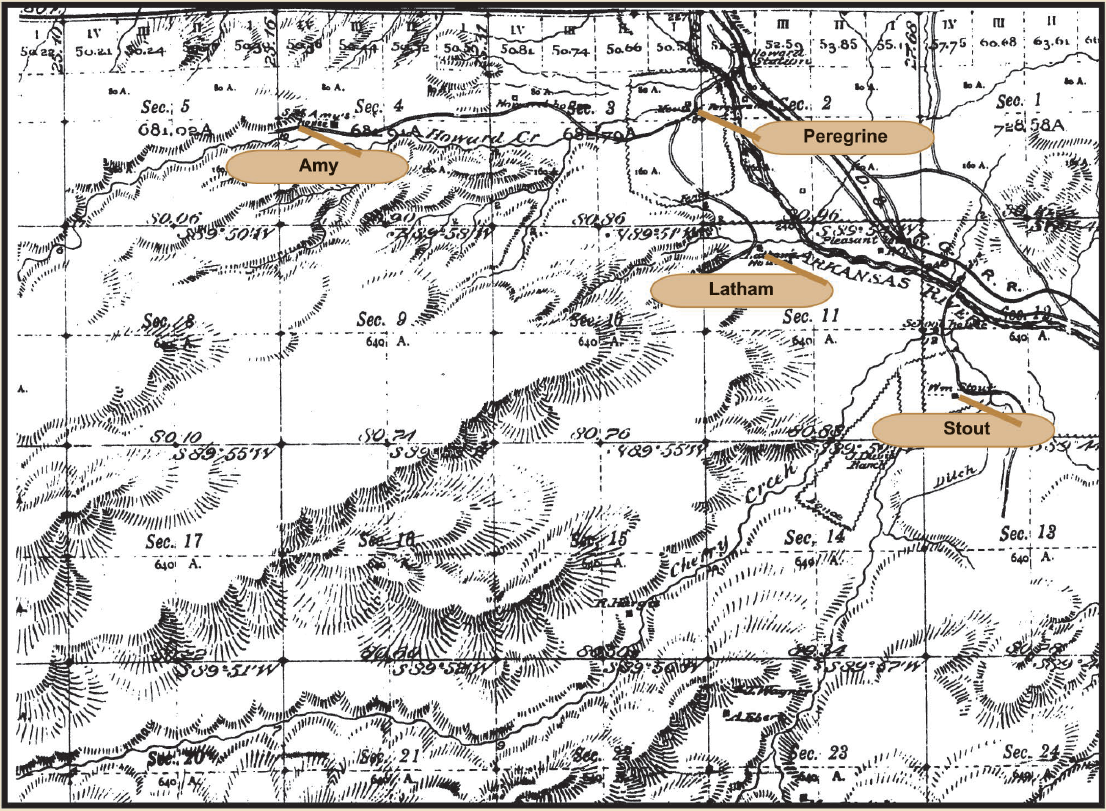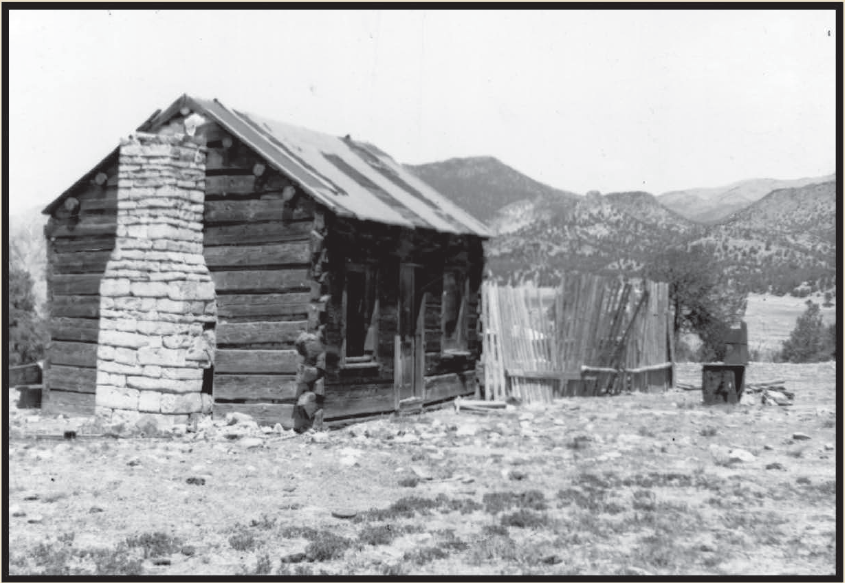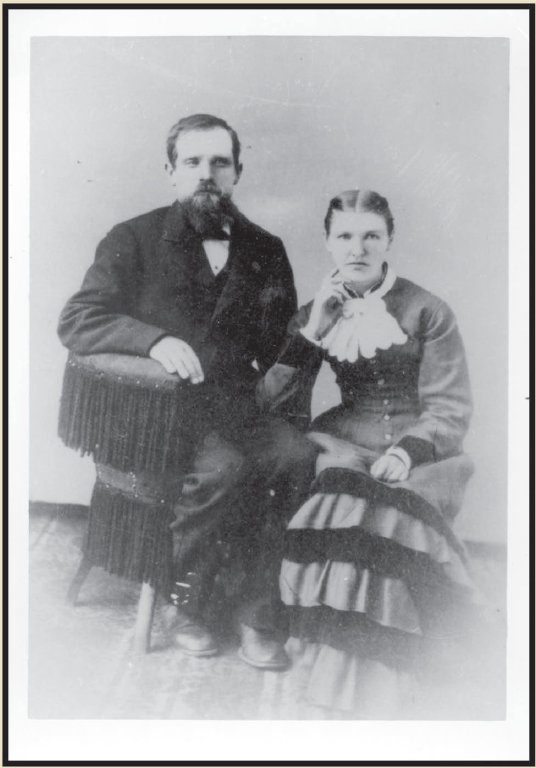Pathway into History
A Community is Born
Building a Home
Homestead laws allotted 160 acres per household and required that every homesteader live on the claim or pay $1.25 per acre. About one hundred homestead patents were issued to settlers for Pleasant Valley, and by 1890, the valley was half settled. Homes were constructed from native materials. The forest provided logs for lumber. Clay deposits provided dirt for making soft bricks. Finished homes contained very little furniture. A stable for stock and a chicken coop completed the home site. The settlers and their children spent most of their time working their land.
Educating the Community
The homesteaders recognized the need to educate their children and established School District #13 in 1873. School was held three months each year for students aged six to twenty-one years. Younger students who lived a great distance away stayed in boarding homes closer to the schoolhouse. Older students traveled by horseback to class.
Communicating Beyond the Valley
In 1871 and 1872, the local business promoters in Cañon City decided they needed a road to access the mines and towns in the San Juan Mountains. Counties put up money for bridges, and in 1872 construction started on the Pleasant Valley Wagon Road. This dirt road opened the isolated valley.
Prior to 1877, the closes postal service for homesteaders was in the towns of Texas Creek and Cleora (near present day Salida). In 1877, Moses Alexander became the first Postmaster of a new post office located along the wagon road near the West Creek river crossing which served Pleasant Valley. Letters and parcels were delivered by horse and wagon “Express” three times weekly.
Creating a Community
A community grows strong when folks take time out from work to gather together in play. Dancing under the sky to banjo, guitar, and fiddle music brought settlers many hours of pleasure. Some evenings were spent attending literary gatherings where poetry and novels were shared through recitation. Card games complete with prizes for the winners kept the older folks busy. Women gathered on a regular schedule to sew and visit Although the Pleasant Valley homesteaders were isolated form the world beyond the canyon, they developed strong, community friendships and loyalties.
Amy Homestead
Sanford Amy arrived in Pleasant Valley in 1874 and settled upriver from Jonah Peregrine. He sold that claim to the Freeman brothers and moved up Flint Creek where he built his homestead house in 1881 with soft bricks made from a local clay bed. The simple buttress construction provided a seven room home with a home orchard embracing the cottage.
Jonah Peregrine
Jonah Peregrine, an immigrant Welchman, liked to prospect for minerals. He came into Pleasant Valley in the Spring of 1872 and built a cabin near the mouth of Howard Creek, then called Flint Creek. The agricultural income from his homestead provided a grubstake for his mining activities. Jonah was the first settler in upper Pleasant Valley.
Mapping it All Out
This 1882 map of the Pleasant Valley area shows the location of several homes, the post office, and school.
Proud Homesteaders
William Stout with his wife and three children settled in Pleasant Valley in the Fall of 1872. He first built a shelter high up Cherry Creek. In the Spring of 1873, William constructed this log cabin which served as his family home for 14 years. He was respected as a skilled dairyman.
Willian and Hattie Latham
William Latham came to Pleasant Valley as a book salesman. He met and Married Hattie Smith, granddaughter of Aaron West, and took out a claim along West Creek. William was an accomplished musician and devoted church leader.
Royal Gorge Regional Museum and History Center photo, Dec. 11, 1881
Click the image to the left for a full-sized version
